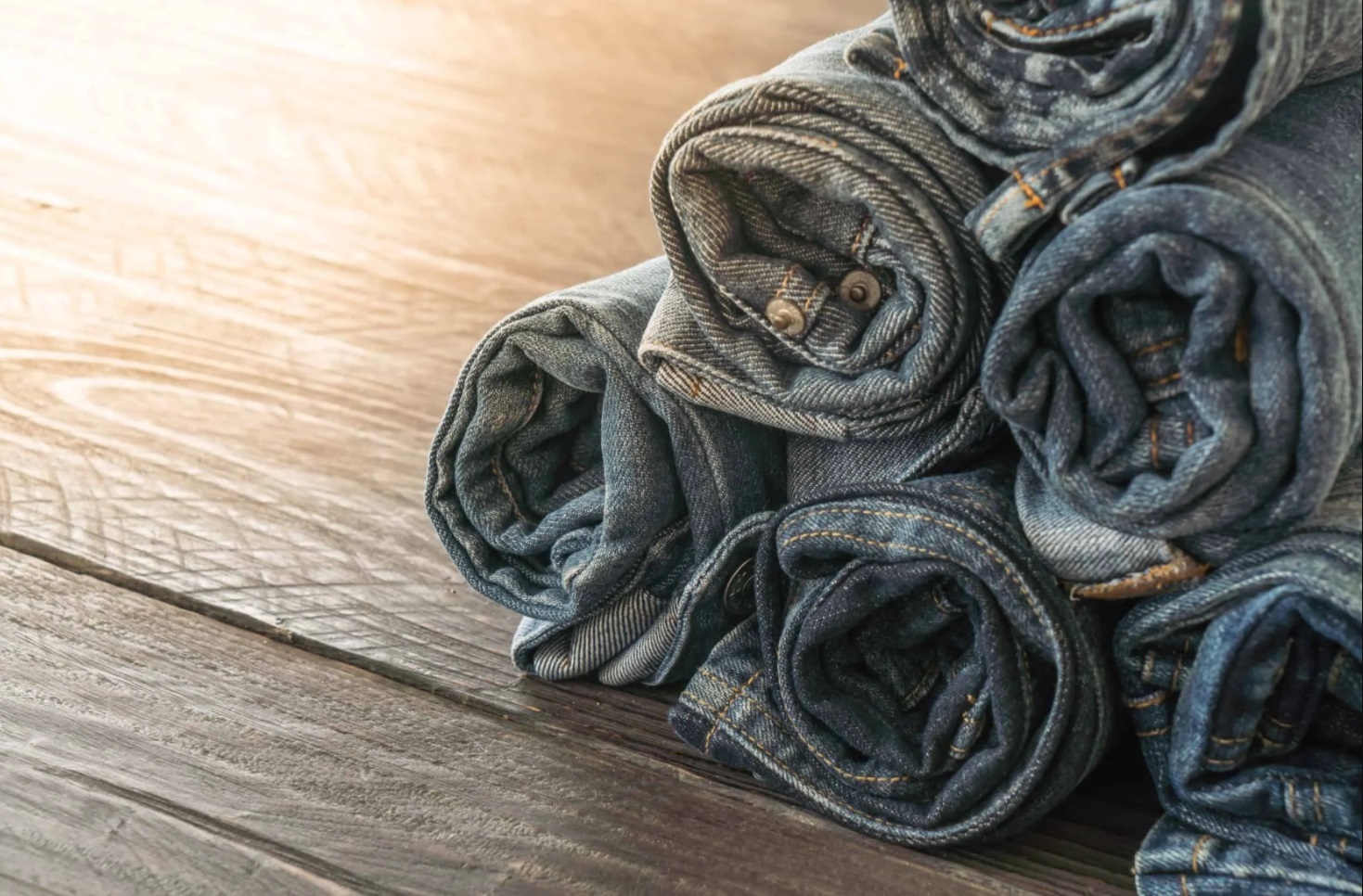



November 17, 2020

There’s something to be said about that pair of blue jeans you hesitantly bought from that one designer store. Without a doubt, they’re the perfect for Friday’s ‘fit – the pair that has your peers asking, “Where’d you get those?” It’s no secret the evolution of jeans has taken us out of overalls intended to protect the limbs of your everyday laboring worker into a style that fits almost every demographic. But more importantly, do you know what the true cost of a pair of jeans is?
Jeans are intrinsically viewed as a commodity, but the real commodity lies in what it takes to make a pair: Water. So much water goes into growing, washing, and dying cotton. Did you know that 20% of industrial water pollution across the world is closely tied to manufacturing clothes? Most of that is all from just dying the fabric. In order to make one pair of blue jeans, it can take up to 1,800 gallons of water. To blow things out of proportion further, over 58 trillion gallons of water is used in producing cotton on a global scale. It’s time we all took a step back to see what efforts we can make fashion-wise to reduce pollution and influence future generations to do the same.
We all love a good pair of jeans. But with the rise of fast fashion, textile waste and carbon emissions have increased as well. One report said that fashion is responsible for 10% of global carbon emissions. We need to start using what we already have to the fullest and reduce our carbon, waste, and water footprint. What that looks like is what we like to call circular fashion – or better known as secondhand fashion. All you need to do is reuse and recycle everything to keep them in constant use. By extending the life of clothing by nearly three months, we can reduce carbon, waste, and water footprints by up to 10%. Extend the life by 2 years and that’s almost an 80% reduction – we call that a win.
The true cost of a pair of jeans may be shocking, but true value comes from buying secondhand – reusing and recycling what you got! Have clothes you no longer need? Give them a second life by donating to Goodwill. By donating and shopping at Goodwill, you are not only extending the life of your clothing but your donations allow us to prevent over 200 million pounds of donated materials from going directly into landfills every year.